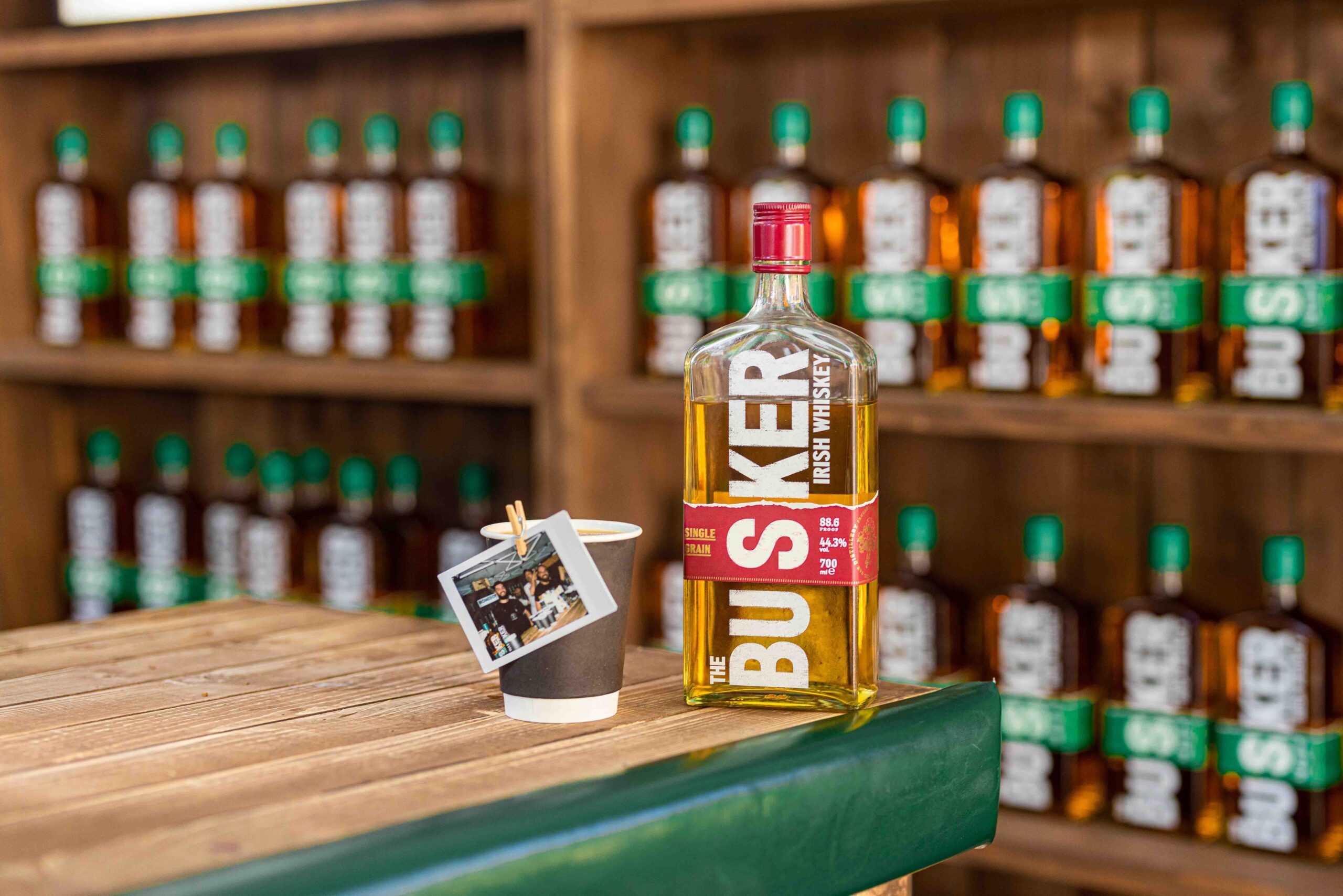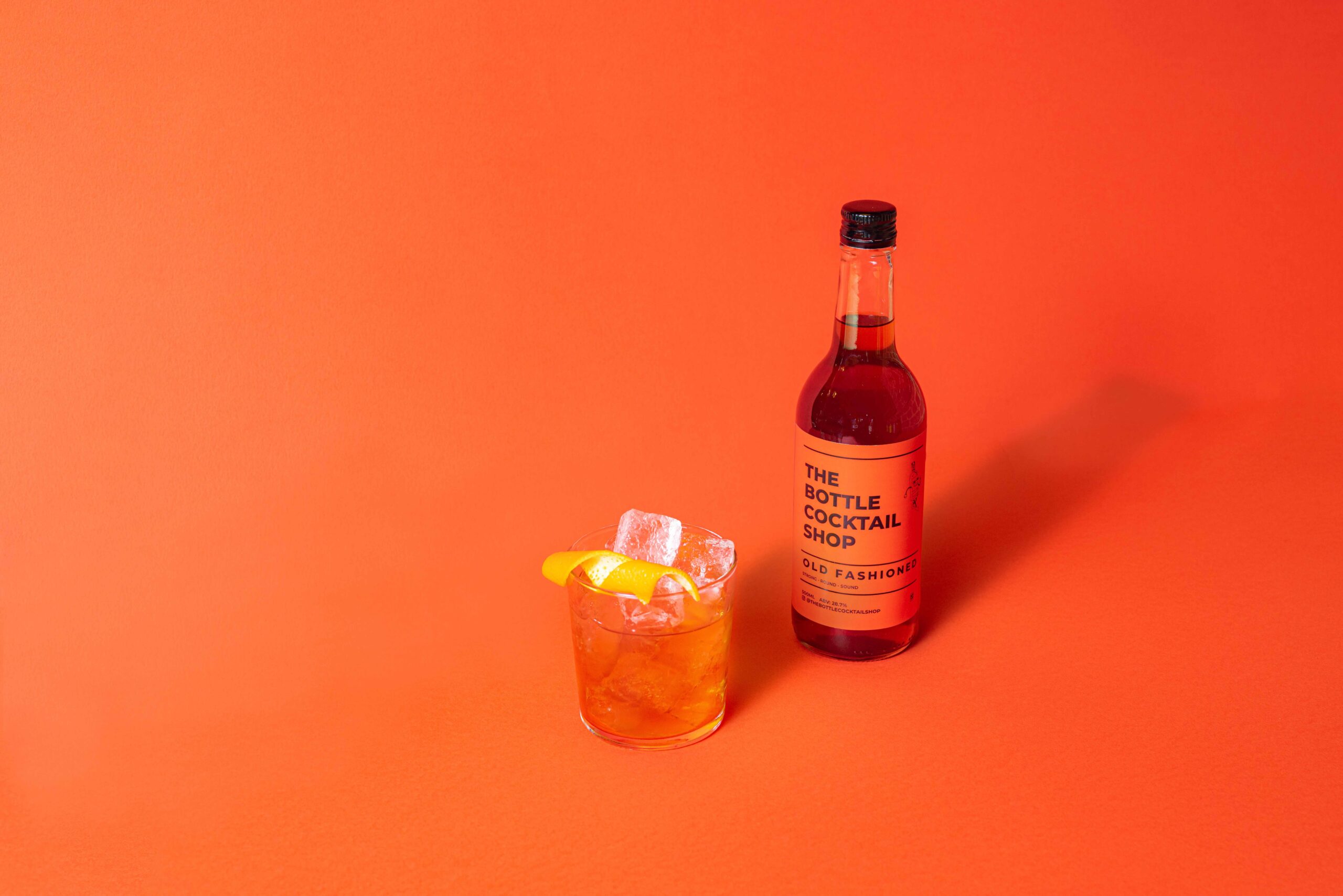Before the 15th century, somewhere in Ireland, Uisce Beatha (Gaelic for “Water of Life,”) or whiskey, as we know it now, was created. Whiskey, with spelled an ‘e’ in the US, and Ireland, and without an ‘e’ in Scotland, Japan and Canada. Whisk(e)y is distilled from a fermented mash of grain (beer), usually corn, rye, barley or wheat, then aged in oak barrels.
Whiskey
Straight Whiskey must, by US law, be comprised of a minimum of 51% of one grain, it must be in new, charred wood barrels for at least two years, and cannot be distilled higher than 160 proof. (Exceptions are corn whiskey, which does not have to be aged.) If the whiskey has not been aged for a minimum of 4 years in a barrel, no age may be stated on the label.
Cognac can only be produced in the Cognac region and is a blend of brandies of different ages from one or six of the growing regions.
Bourbon
Straight Bourbon can be produced in any US State, though most come from Kentucky. Bourbon has a mash bill that is between 51-79% corn, distilled below 160 proof, aged in new charred white American Oak, and go into the barrel at no more than 125 proof for a minimum of two years, and may not be diluted to less than 80 proof or 40% ABV. Any Bourbon that is aged less than four years must state the whiskey’s age on the label. The age statement on the label refers to the youngest whiskey in the bottle.
Tennessee Whiskey
Tennessee Sour Mash is made in the same way as Bourbon, with two key differences: First it has to come from Tennessee, and second, after distillation and before maturation in new oak, it must be filtered through charred sugar maple charcoal (know as the Lincoln County Process.) It takes from 10-12 days for the spirit to drip through the vats of charcoal, which strip away impurities in the distillate.
Rye
Straight Rye can be made in any US State, but must be prepared from a mash bill that contains at least 51% Rye. Distillation, proof, cooperage and ageing requirements are all the same as Bourbon. Straight Rye or bourbon whiskey bottled in bond, such as Rittenhouse, must be aged for a minimum of four years, be produced by one distillery, be distilled during a single season and be bottled above 100 proof or 50% ABV.
Irish Whiskey
Irish Whiskey once the top selling spirit in the world pre the American prohibition and heralded by the Queen of England as the finest spirit in the world. Thought to be the “Whiskey” used in many early cocktails like the drinks in Jerry Thomas’s Bon Vivant. It is typically triple distilled, but not always, in either a pot or column still from a mash of corn, malted or un-malted barley. It must be aged for a minimum of three years in wood barrels (old Bourbon America white oak, Sherry, Port or Madeira casks). Typically a blend of both pot and column distillates.
Blended Irish Whiskey
A blend of grain, malt or pot still Irish Whiskey. Grain Whiskey is the dominant style in most blends and Malt & Pot, or sometimes both, are added to contribute flavor. The Whiskey’s are generally aged in and around 5-6 years but there are exceptions to this rule of thumb.
Pot Still Irish Whiskey
Pot Still Whiskey is made from a blend of malted & un-malted barley. It’s distilled in Copper Pot Stills. The Pot Still category was once the most celebrate style of Whiskey across across the world. Famed for its creamy, honey and spicy characteristics. This is due to the un-malted barley component.
Single Malt Irish Whiskey
Malt Whiskey is made from 100% Malted Barley. It’s distilled in Cooper Pot Stills.
There are two very different types of Malt Whiskey production in Ireland. Bushmill’s, triple distill their Malted Whiskey’s and promote a lot of reflux. This means their Malt Whiskey’s are generally lighter & more fragrant. Cooley,on the other hand, double distill their Malt Whiskey’s and sometimes employ the use of Peat. Meaning it’s similar to the Scottish style of making Malt Whiskey. They don’t promote too much reflux. This means their Malt Whiskey is generally oiler and more aggressive on the palate.
Scotch Whisky
Scotch must be made in Scotland from water, grain and yeast, has spent no less than three years in oak casks no larger than 700 liters, and be bottled no lower than 40% ABV. Some Scotch gets its characteristic smoky flavour and aroma from the malting process, in which peat smoke is used to dry malted barley, the only grain used to produce Single Malt Whiskies.
RECEIVE 10% OFF YOUR FIRST ORDER
Sign up to our newsletter for monthly offers, exclusive previews and cocktail making tips & tricks.
Blended Scotch
Blended Scotch Whisky, is by far the most popular in the world, it is 60-70 percent grain spirit, (column distilled corn or wheat whiskey) 30-40 percent single malt whisky. Any age statement on the label refers to the youngest whisky in in the blend.
Blended Malt Scotch Whiskey
Blended Malt Scotch Whisky, formerly known as vatted malts, are made by blending single-malt whiskies from at least two different distilleries.
Single Malt Scotch Whisky
Single Malt Scotch Whisky must be produced in a single distillery from 100 percent malted barley that is double pot distilled to around 60-70 percent ABV, and bottled higher than 40% ABV. The age statement on the label is referring to the youngest whisky. Most single malts are matured in old bourbon barrels or sherry butts, though a wide range of used barrels are being employed, such as port pipes, Madeira barrels and wine casks.
Single Malt Scotch Whisky
Single Malt Scotch Whisky must be produced in a single distillery from 100 percent malted barley that is double pot distilled to around 60-70 percent ABV, and bottled higher than 40% ABV. The age statement on the label is referring to the youngest whisky. Most single malts are matured in old bourbon barrels or sherry butts, though a wide range of used barrels are being employed, such as port pipes, Madeira barrels and wine casks.
Regionality and Style
The Islands
Peat is it is common, though by no means exclusive. The whiskey remains at individual of the islands themselves. Arran, Jura, Mull, Skype and The Orkneys.Peat is it is common, though by no means exclusive. The whiskey remains at individual of the islands themselves. Arran, Jura, Mull, Skype and The Orkneys.
Speyside
The River Spey flows 100 miles from south of Loch Ness past Aviemore, into the Moray Firth to the north. The area is rugged and the lower area both around 50 distilleries. This is the largest concentrations of the individual distilleries in the world the characteristics of the whiskeys produced in Speyside remains complex and elegance with great finesse, slightly floral lighter in other richer and fruitier whiskeys.
Highlands
This is the largest region; It stretches from Loch Lomond in the south to the north most point of Scotland, excepting only the area of Speyside. The region produces great variety of whiskeys. They tend to be characterised as fruity and spicy which tends to come from the north and central highlands, the more fragrant and floral whiskeys which tend to come from the south.
Lowlands
There are any three distilleries in this area producing single malt but the bulk of grain whiskey is produced in this region. The individual malts are generally light in weight, and Peters all very lightly petered. The characteristics from this region tend to be fragrant and grassy to malty and dry.
Islay
The small western isle forms its own whiskey region. Is situated just across from Ireland, and is quite possibly where distillation first came to Scotland from the Irish. The character of the whisky from the south of this region is renowned for its strong, robust and heavily peated malts.
Cambelton
Situated to the south east of Islay, this tip of the land stretches into the Atlantic. There where many distilleries in the 1800s and had a thriving with the business prior to prohibition. Unfortunately today are only three distilleries that survived. The whiskey produced a pungent and full-bodied.
RECEIVE 10% OFF YOUR FIRST ORDER
Sign up to our newsletter for monthly offers, exclusive previews and cocktail making tips & tricks.
Did you enjoy this article?




